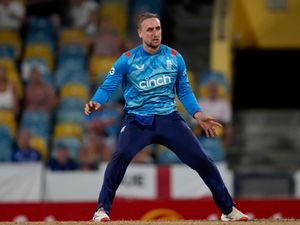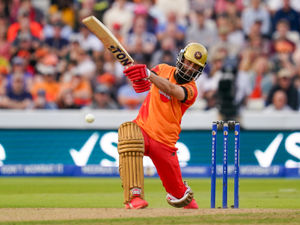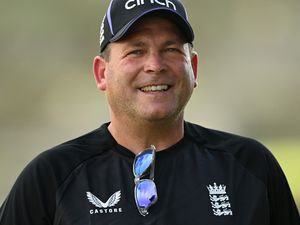ECB plans huge changes for Birmingham League cricket
Club cricket in the West Midlands is facing its biggest shake-up for two decades under radical new ECB proposals.
A restructure would see the Birmingham League halved in size, with the number of divisions dropping from four to two and the number of clubs chopped from 48 to 24.
Further changes would, meanwhile, see second XI teams moved back under the jurisdiction of the four regional feeder county leagues.
An end-of-season play-off to decide which clubs from those four leagues are promoted to the Birmingham League would also form part of the new format.
The proposals follow a wide-ranging ECB-led consultation and are aimed at ensuring the Birmingham League delivers the strongest standard of cricket possible, with the best facilities.
A similar plan which would have seen the number of divisions reduced from four to two was narrowly rejected following a club vote at last January’s Annual General Meeting.
League general manager Nick Archer explained: “Had the result of that vote been wider, it is likely the issue would have gone away.
“However, the general feeling was that there remained a need for change.
“A working group was put together which included the four county leagues, along with the Birmingham League and ECB.
“The process has been very much led by the ECB, as it was felt the Birmingham League needed to take a back seat.
“The ECB went round and spoke to clubs and spoke to players. Gradually, over time, these proposals were drawn up.”
The Birmingham League has existed in its current format since 1998 with the Worcestershire, Warwickshire, Shropshire and Staffordshire County Leagues feeding into the four division structure, which is accredited ‘Premier League’ status by the ECB – a licence which is due for renewal this September.
Taken as a whole, the structure of Midlands cricket currently incorporates 288 clubs, fielding more than 600 teams at a variety of levels.
A document sent to all clubs and the county leagues outlining the proposed changes listed a number of concerns found during the ECB consultation, chief among them the declining standards of competition and facilities.
Payment of players by clubs further down the pyramid, bidding to get into the Birmingham League, was identified as a key reason for diluting the levels of competition in the top divisions.
The increasingly long distances required for travel to matches is, meanwhile, a major factor in the move to merge second XI cricket back into the county leagues, with Tamworth’s 160-mile round trip to Herefordshire-based Brockhampton next season cited as a prime example.
A lack of recent success by Birmingham League clubs in national competitions, compared to the 1980s and 90s, has been seen as a sign of declining standards.
The proposal states: “A widely held view is we need to raise standards by becoming smaller and more competitive locally, instead of diluting the landscape with cricketers being spread far and wide, often on a paid basis to chase an unrealistic dream.
“The groundswell of opinion is the upper tiers of the league are as strong as many others around the country.
“However, there was a view that from Division Two downwards the standard of cricket and quality of some grounds was not befitting a regional ‘Premier League’.”
Birmingham League clubs will discuss the proposals at a meeting scheduled next Wednesday, January 17, at Worcestershire’s New Road ground.
Further talks will then take place at the league’s AGM later in the month, though no vote has yet been planned.
League officials accept an agreement must be reached before the start of the coming season in order for the plans to be implemented prior to the 2019 campaign.
“It is a complicated process which involves quite a number of different parties,” said Archer. “We need to have the agreement of the four county leagues and then our own clubs.
“There is still a fair amount of detail which needs to be sorted out and could well be shaped by some of the questions we receive at the forthcoming meetings.
“This is an opportunity for us to shape our future and ensure we have a say in it.
“The ECB is looking very seriously at the structure of club cricket over the next few years and the last thing we want is a scenario where we are told what to do.
“This is a chance to change things on our own terms.”





